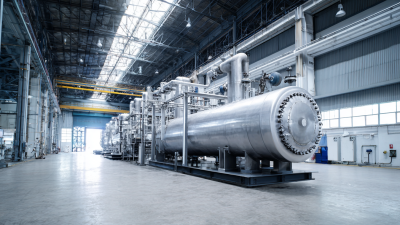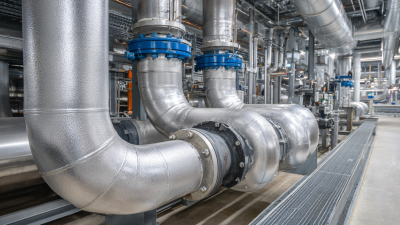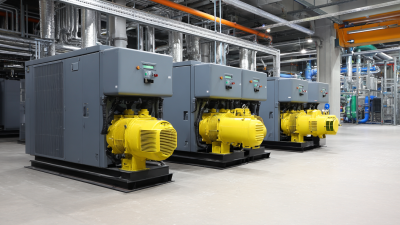Heat exchanger efficiency is a critical factor in the performance of various industrial processes, significantly impacting energy consumption and operational costs. According to a report from the U.S. Department of Energy, heat exchangers account for approximately 20-30% of industrial energy usage, emphasizing the necessity of optimizing their effectiveness. Enhancements in heat exchanger efficiency not only improve system performance but also facilitate compliance with increasingly stringent environmental regulations. In fact, a study by the International Energy Agency highlights that optimizing heat exchangers can lead to energy savings of up to 30% in some applications. As industries continually seek ways to enhance productivity while reducing costs, a keen focus on maximizing heat exchanger efficiency emerges as a vital strategy, promising substantial benefits in both performance and sustainability.
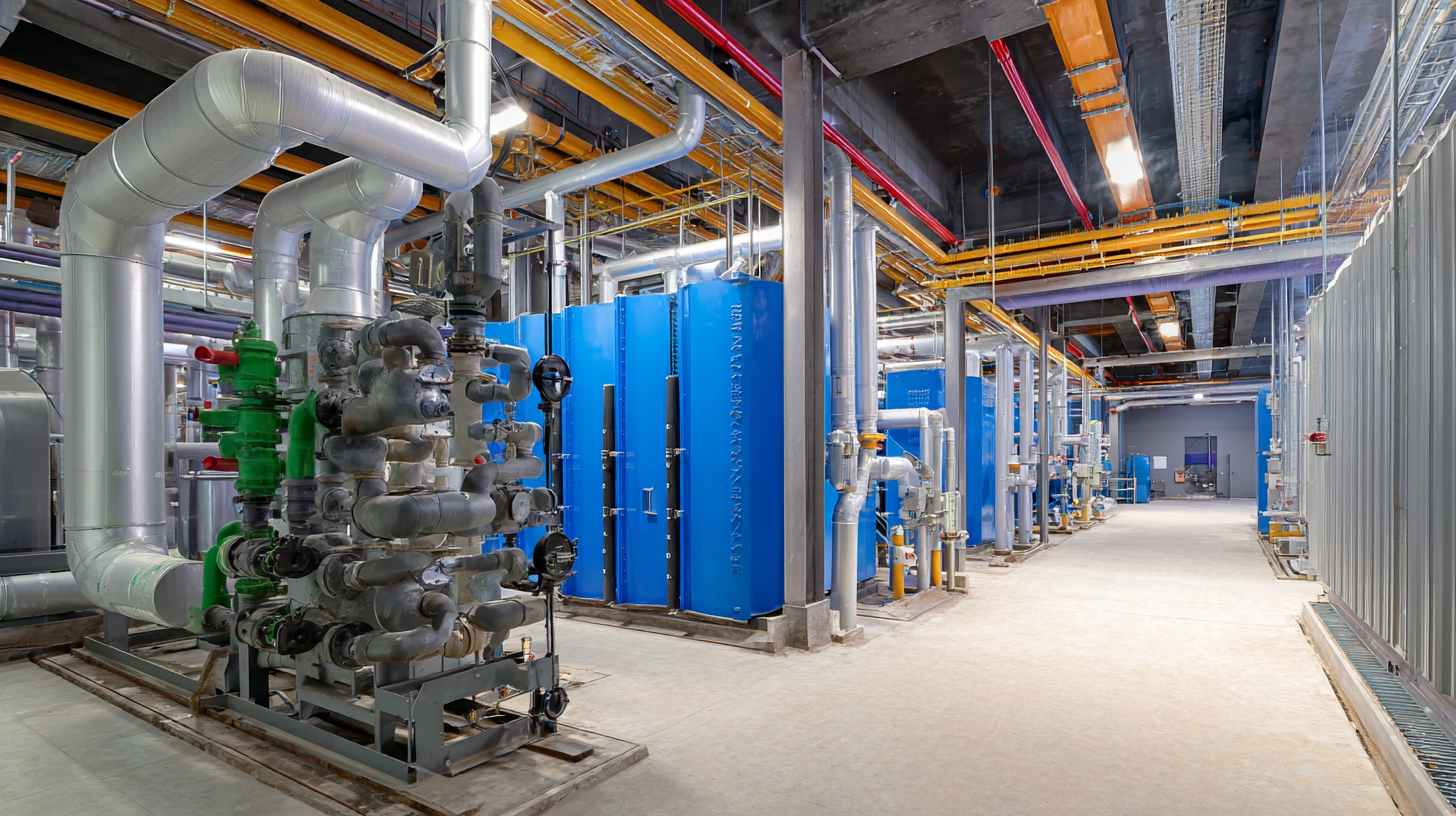
Heat exchangers are critical components in various industrial processes, but they often face inefficiencies that can hinder their performance. One common inefficiency arises from fouling, where deposits accumulate on the heat transfer surfaces, reducing the overall heat transfer effectiveness. This can result from particulate matter, biological growth, or scale formation, which not only decreases efficiency but also requires more frequent maintenance interventions.
Another source of heat exchanger inefficiency is temperature imbalances. When the inlet temperatures of the fluids differ significantly from the design specifications, it can lead to reduced heat transfer rates. Additionally, poor flow distribution can exacerbate this issue, causing some areas to be underutilized while others may experience flow constraints. Identifying these imbalances early on can help in adjusting operational parameters or redesigning the flow paths to optimize performance.
Lastly, the design of the heat exchanger itself plays a vital role in its efficiency. Inadequate surface area, ineffective materials, or suboptimal configurations can prevent optimal heat transfer. By analyzing these design aspects and making necessary changes, such as selecting more efficient materials or altering geometric configurations, operators can significantly enhance the heat exchanger’s overall performance. Identifying and addressing these common inefficiencies is key to achieving optimal heat exchanger efficiency.
| Inefficiency Factor | Description | Impact on Efficiency (%) | Suggested Solutions |
|---|---|---|---|
| Fouling | Accumulation of deposits on heat transfer surfaces | 20-30% | Regular cleaning and maintenance, use of chemical treatments |
| Air Ingress | Unintended air leakage into the system | 10-15% | Inspect and seal connections properly |
| Wrong Flow Rate | Inefficient fluid flow rates reduce heat transfer | 15-25% | Optimize pump and valve settings to match design specifications |
| Temperature Mismatch | Incorrect inlet temperatures leading to poor performance | 15-20% | Monitor and regulate intake temperature |
| Outdated Technology | Use of old designs that are less efficient | 25-35% | Invest in modern heat exchanger technology |
When it comes to enhancing the efficiency of heat exchangers, optimizing design parameters is crucial for achieving maximum performance. Key factors such as flow arrangement, surface area, and material selection can significantly impact heat transfer rates and overall effectiveness. The design process should start with a thorough analysis of the specific application, ensuring that the chosen parameters align with operational demands.
Tips for optimizing design parameters include selecting the right flow arrangement. Counterflow configurations typically provide higher thermal efficiency compared to parallel flow, as they allow for a more uniform temperature gradient. Additionally, increasing the surface area of the heat exchanger can enhance heat transfer; incorporating finned surfaces or using corrugated tubes are effective strategies to increase these parameters without significantly increasing the size of the exchanger.
Another essential aspect is the choice of materials. Using high thermal conductivity materials not only boosts performance but also contributes to the durability of the heat exchanger, ensuring it can withstand operational conditions. Regular maintenance checks and cleaning can also help maintain optimal performance levels, preventing fouling and improving energy efficiency over time.
This chart illustrates the efficiency of different heat exchanger designs, demonstrating the impact of optimizing design parameters on overall performance. Design C shows the highest efficiency at 90%, indicating that specific configurations can significantly enhance thermal performance.
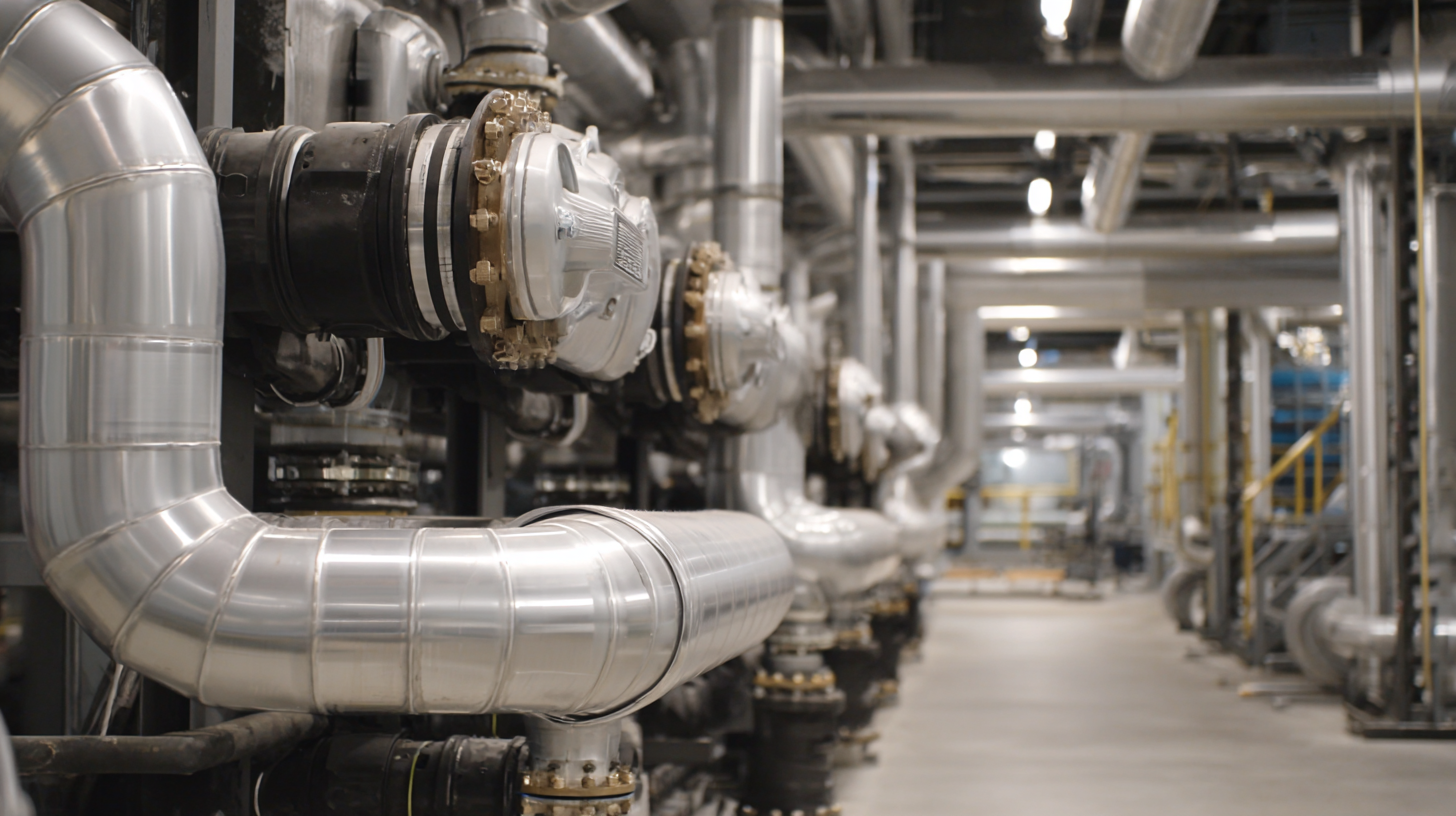 Regular maintenance is crucial for ensuring the longevity and optimal performance of heat exchangers. By implementing a consistent maintenance schedule, technicians can identify potential issues before they escalate into costly failures. Simple inspections, cleaning, and part replacements can significantly enhance the efficiency of heat exchangers, ensuring optimal thermal management in various applications.
Regular maintenance is crucial for ensuring the longevity and optimal performance of heat exchangers. By implementing a consistent maintenance schedule, technicians can identify potential issues before they escalate into costly failures. Simple inspections, cleaning, and part replacements can significantly enhance the efficiency of heat exchangers, ensuring optimal thermal management in various applications.
Tips for effective maintenance include regularly checking for leaks, monitoring the fluid quality, and ensuring the cleanliness of heat transfer surfaces. Additionally, calibrating sensors and controls can prevent operational inefficiencies. It's beneficial to keep a detailed log of maintenance activities, allowing for better tracking of performance over time and enabling targeted interventions.
Another important aspect of maintenance is training staff on proper operational procedures. Ensuring that all operators understand the significance of maintaining optimal conditions can lead to improved efficiency gains. Regular training sessions combined with practical demonstrations can empower teams to spot issues early and maintain the equipment more effectively.
Enhancing fluid dynamics is crucial for improving heat transfer in heat exchangers. The efficiency of heat exchangers largely depends on how effectively the fluid flows through the system. By optimizing the flow patterns, various techniques can be applied to reduce turbulent flow while maintaining sufficient velocity. One effective method is to redesign the geometry of the heat exchanger, such as using segments or baffles that guide the fluid in a more streamlined manner. This not only improves fluid distribution but also minimizes pressure drops, leading to better overall performance.
In addition to geometric modifications, adjusting the fluid properties can further enhance heat transfer. Utilizing additives or selecting fluids with superior thermal conductivity can significantly impact the efficiency of the heat exchange process. It's also vital to consider the operating conditions, such as temperature and pressure, as they can influence fluid behavior. By integrating these strategies, we can achieve optimal performance of heat exchangers, ultimately leading to reduced energy consumption and improved system longevity.
To boost heat exchanger efficiency, employing advanced materials that enhance thermal conductivity is crucial. Traditional materials, while widely used, often fall short when faced with demanding operational conditions. Innovations in material science provide an opportunity to utilize composites or alloys specifically designed for superior heat transfer. For instance, incorporating materials like graphene or carbon nanotubes can significantly improve thermal performance compared to conventional metals. These advanced materials not only facilitate better heat transfer but also offer enhanced durability, reducing maintenance issues and prolonging the lifespan of heat exchangers.
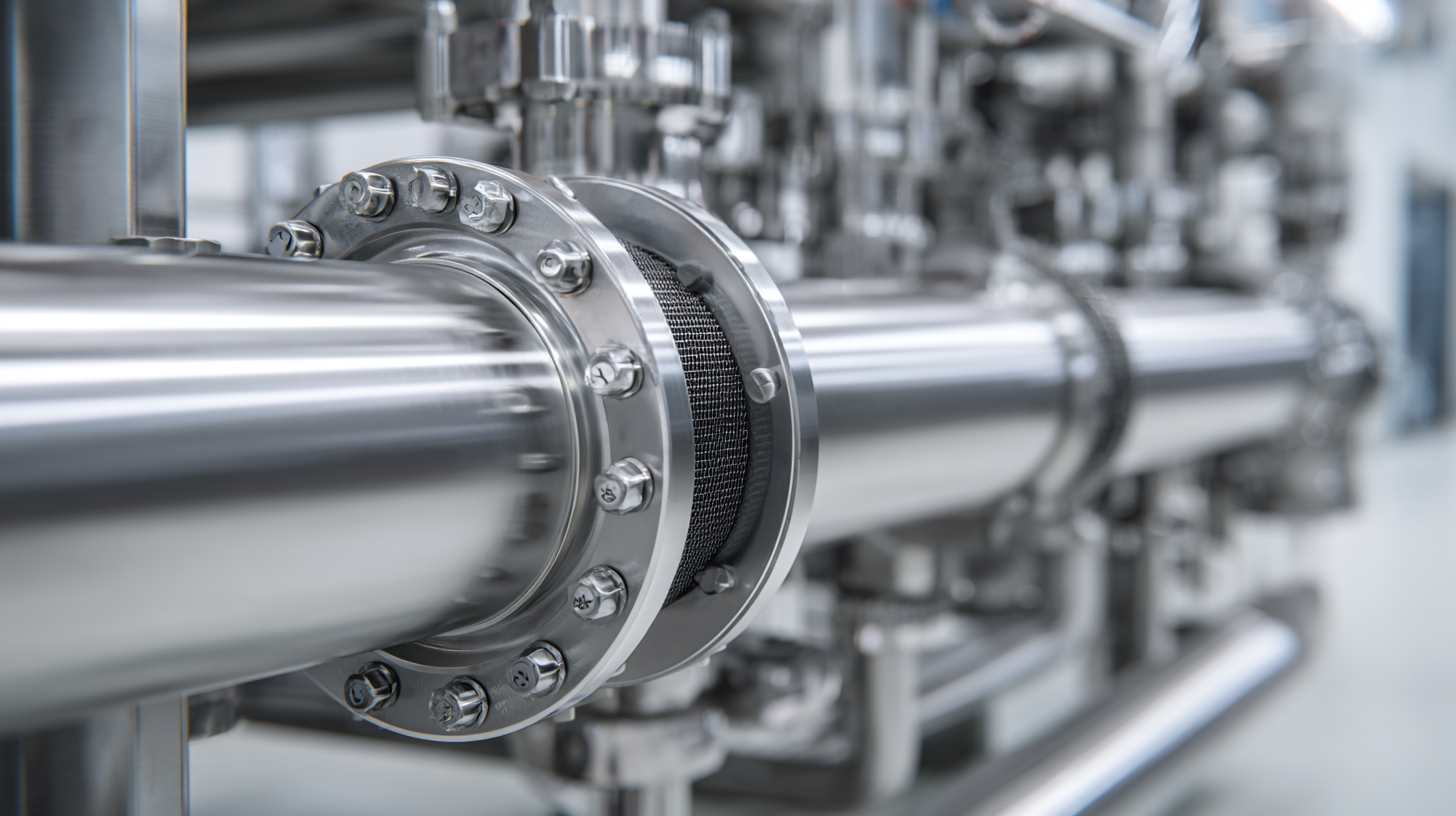
Furthermore, the integration of these advanced materials allows for more compact and efficient designs. With better thermal conductivity, heat exchangers can function effectively at higher temperatures and pressures, making them ideal for various industrial applications. The use of coatings that minimize fouling can also contribute to maintaining optimal performance over time. As industries continue to push for greater efficiency and lower energy consumption, the shift towards advanced materials in heat exchanger design represents a pivotal step in achieving these goals.

